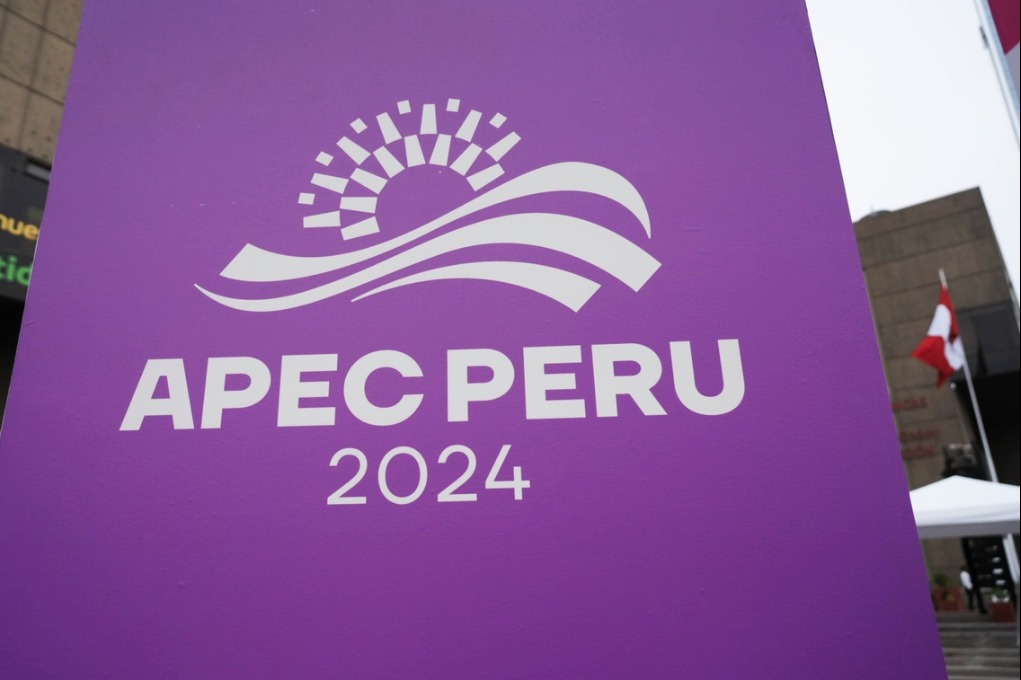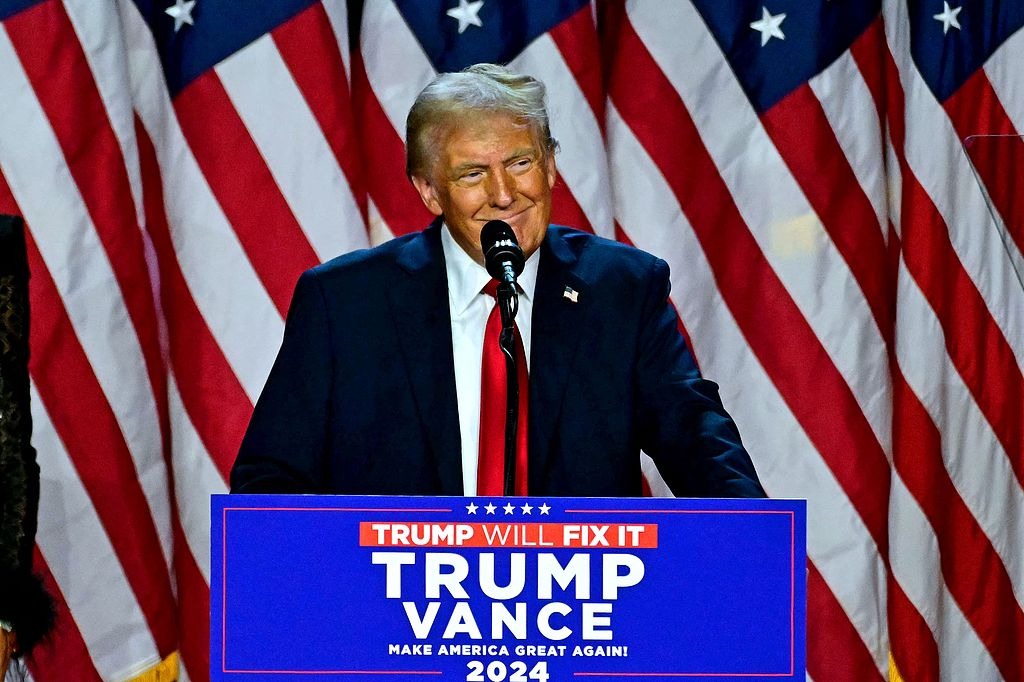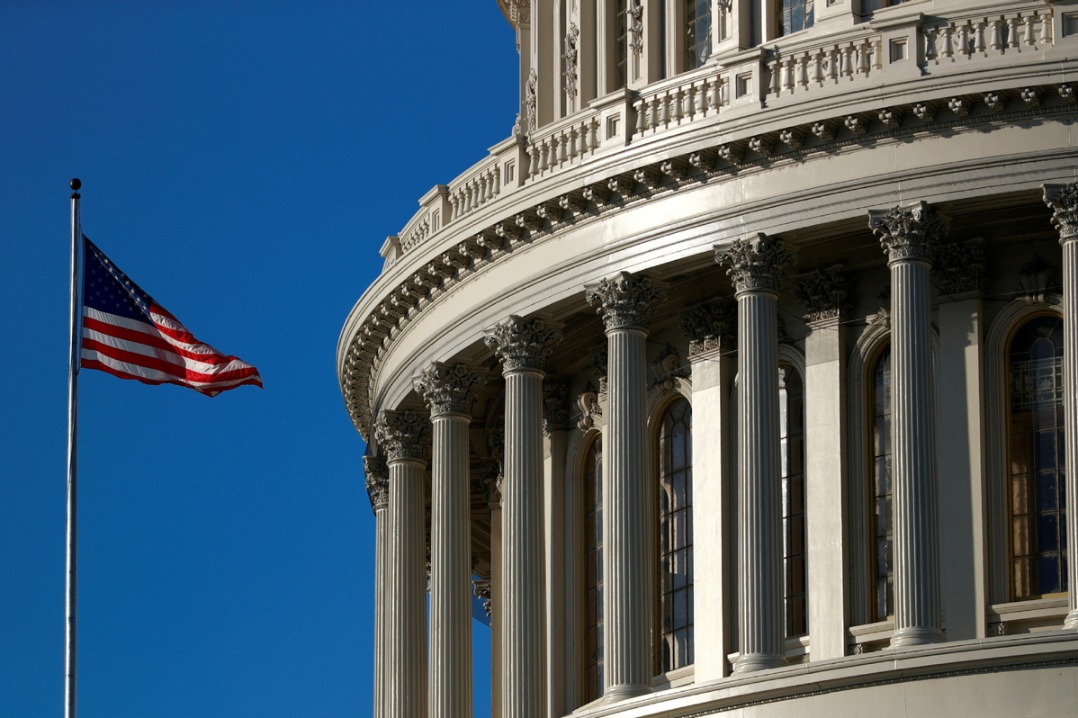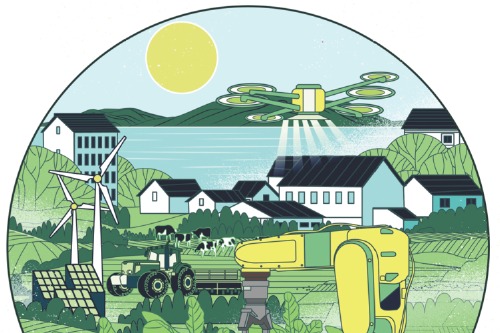Beacon of hope


US legal infrastructure and resilience of climate action at the subnational level may counter federal regression in the next four years
With Donald Trump returning to the White House, the climate policy of the United States faces renewed challenges, likely featuring regulatory rollbacks and reduced participation in global climate agreements. Trump's previous administration demonstrated a strong aversion to federal climate regulation, dismantling numerous environmental policies and withdrawing the US from the Paris Agreement, leaving climate advocates wondering if progress could be maintained. However, despite federal pushback, state and local governments, the private sector, civil society, and more importantly, a robust legal framework provided pathways to sustain climate action.
First, key federal laws have provided a foundational framework for US climate action, although they are not without limitations.
The 2007 Supreme Court decision in Massachusetts v. Environmental Protection Agency (EPA) gave the EPA authority to regulate greenhouse gases, categorizing them as pollutants under the Clean Air Act. This ruling enabled climate-related regulations such as the Obama-era Clean Power Plan. However, more recent rulings, particularly the 2022 West Virginia v. EPA decision, have constrained the EPA's regulatory reach, emphasizing that Congress must authorize sweeping climate measures. This limits the Clean Air Act's effectiveness in serving as a stand-alone tool for comprehensive climate policy under a skeptical administration.
The Inflation Reduction Act (IRA) represents one of the most significant federal investments in clean energy and emissions reduction, with its tax credits and funding mechanisms designed to support the transition to renewable energy. Notably, the IRA's reliance on financial incentives rather than direct mandates may make it more resistant to executive interference. Still, the extent of its impact depends on how actively federal agencies work to implement its provisions. Even with reduced federal agency support, the IRA could catalyze private investment and state-driven projects, but its effectiveness may be diluted without active federal stewardship.
Laws such as the National Environmental Policy Act (NEPA) and Endangered Species Act (ESA) mandate environmental impact assessments and provide protections that indirectly affect climate action. However, both the NEPA and the ESA could face rollbacks, as Trump's administration previously worked to streamline NEPA assessments, reducing their scope and duration. Given these challenges, the onus may fall on state and local governments to maintain stricter environmental assessments and protections.
Second, the judiciary has historically been an avenue for shaping, challenging, and upholding climate policies. However, the conservative composition of the Supreme Court presents mixed prospects for those relying on judicial intervention.
Environmental organizations, states and local governments, and affected communities are likely to continue using the courts to challenge federal actions that roll back climate protections. Examples include the numerous lawsuits filed by California and other states against Trump's environmental rollbacks in his first term, many of which succeeded in delaying or even reversing certain deregulations.
With a conservative Supreme Court majority, the judiciary may be more likely to rule in favor of limited federal intervention in environmental regulation, particularly if it perceives that regulatory authority has been overstepped. This could pose significant barriers to climate litigation efforts. The West Virginia v. EPA ruling, for instance, was a signal of the Court's willingness to limit federal agency authority, suggesting that future challenges may be less successful at securing expansive regulatory interpretations.
Third, with federal action expected to slow or reverse, state and local governments have stepped forward as powerful climate actors, showcasing the benefits of decentralized climate governance.
California has long been a leader in climate action, using its size and economic influence to set ambitious standards. California's vehicle emissions standards, for example, have often set de facto national standards, as auto manufacturers adapt to meet the state's requirements. Under Trump's first term, California successfully fought for its right to maintain these standards, showcasing the state's resilience. Other states, particularly those in the US Climate Alliance, look to California's policies for guidance and support, creating a network of states committed to upholding climate commitments.
Initiatives such as the Regional Greenhouse Gas Initiative in the Northeast provide a model for multistate collaboration. By creating a cap-and-trade system for power plant emissions, the initiative has not only reduced emissions but has also generated revenue for reinvestment in clean energy. Other regions could explore similar collaborative frameworks to mitigate the impact of federal rollbacks, while insulating themselves from potential federal preemption battles.
Fourth, private sector action and market dynamics are critical drivers of climate progress, and many trends are likely to persist despite federal policies.
Many US companies have pledged ambitious sustainability goals, driven by pressure from investors, customers, and international partners. For instance, corporations such as Microsoft, Amazon and Walmart have set net-zero emissions targets. These commitments reflect not only corporate responsibility but also a recognition of the economic risk climate change poses to long-term profitability.
The falling costs of solar, wind, and battery storage continue to drive the renewable energy market, making it increasingly competitive with fossil fuels. Even without federal mandates, renewable energy projects are expanding, largely supported by state policies and private investments. The IRA's financial incentives provide a substantial boost to these projects, likely enabling states to continue building out renewable infrastructure.
Climate-related financial disclosures and environmental, social, and governance standards are on the rise, often supported by state-level regulations and global market expectations. The US Securities and Exchange Commission's ongoing development of climate disclosure requirements, though potentially stymied at the federal level, reflects a larger trend toward transparency and accountability in corporate climate impacts. This market-driven push for climate transparency could serve as a key climate lever in the private sector.
States, cities, and private enterprises increasingly engage in international climate efforts, reinforcing US commitments even when federal leadership lags. For instance, the US Climate Alliance — comprised of states committed to the Paris Agreement — engages internationally, demonstrating sustained climate ambition. Subnational entities, particularly in partnerships with countries such as China, continue to contribute expertise and resources, fostering resilience and advancing innovation across borders.
The federal climate landscape may face significant challenges under Trump's second term, but the strength of decentralized climate governance suggests a path forward. Even as federal policies regress, this distributed network of climate actors provides hope for continued progress. In an era of potential federal opposition, these decentralized efforts underscore the commitment in the US to climate action, highlighting opportunities for Sino-US cooperation on climate policy and solutions. This resilient infrastructure — grounded in innovation, collaboration, and local action — offers hope for sustained climate progress, even in a complex political environment.
The author is a researcher at the Institute for Climate and Carbon Neutrality at the University of Hong Kong and principal investigator at University of California, Berkeley, School of Law. The author contributed this article to China Watch, a think tank powered by China Daily.
The views do not necessarily reflect those of China Daily.
Contact the editor at editor@chinawatch.cn.



































